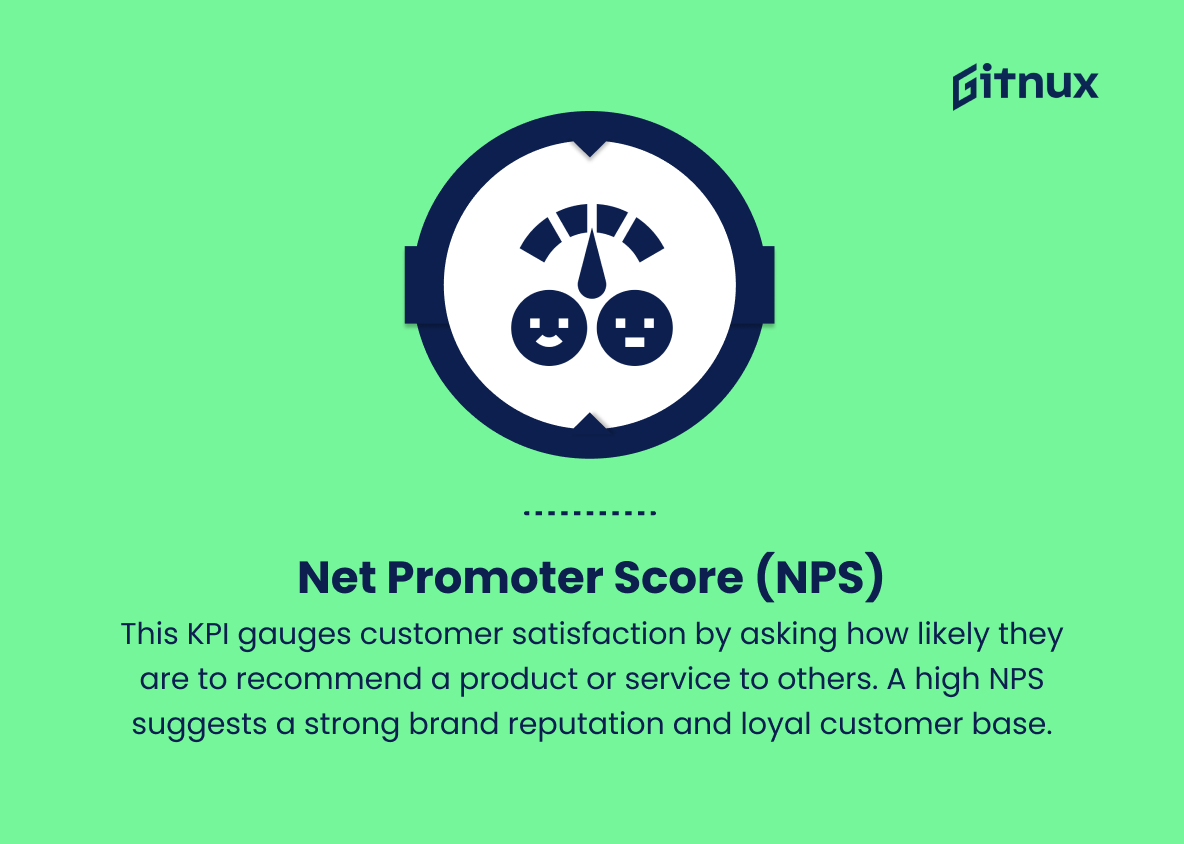In today’s competitive business landscape, achieving product-market fit has become a crucial factor in determining the success and longevity of any product or service. With companies constantly striving to create products that not only cater to the needs of their target audiences but also stand out, it’s vital to understand and track the right Key Performance Indicators (KPIs).
In this insightful blog post, we will be delving into the world of Product Market Fit KPIs, exploring their significance, identifying the most critical ones, and discussing practical ways to effectively measure and leverage them to drive your business’s growth and success.
Product Market Fit KPIs You Should Know
1. Customer Acquisition Cost (CAC)
This KPI measures the amount of money spent on marketing and sales efforts to acquire a single customer. A lower CAC indicates more efficient marketing and sales efforts.
2. Monthly Recurring Revenue (MRR)
This KPI tracks the total monthly subscription revenue from customers, which helps businesses monitor the stability of their income and the effectiveness of retaining customers over time.
3. Customer Lifetime Value (CLTV)
This KPI quantifies the total revenue that each customer brings to the business throughout their entire relationship. A higher CLTV indicates a strong value proposition and loyal customer base.
In today’s competitive business landscape, achieving product-market fit has become a crucial factor in determining the success and longevity of any product or service.4. Churn Rate
This KPI measures the percentage of customers who cancel or stop using a product or service within a specific period. A lower churn rate indicates better customer satisfaction and retention.
5. Net Promoter Score (NPS)
This KPI gauges customer satisfaction by asking how likely they are to recommend a product or service to others. A high NPS suggests a strong brand reputation and loyal customer base.
6. Market Share
This KPI indicates a company’s portion of total sales within a specific market or industry. A higher market share suggests a better product-market fit and competitive advantage.
7. Customer Retention Rate
This KPI measures the percentage of customers who continue to use a product or service over time. A high customer retention rate indicates strong customer satisfaction and a good product-market fit.
8. Conversion Rate
This KPI measures the percentage of potential customers who take a desired action, such as making a purchase, signing up for a newsletter, or downloading a mobile app. A high conversion rate implies that the product resonates well with the target audience.
9. Average Revenue Per User (ARPU)
This KPI calculates the amount of revenue generated per customer. A higher ARPU suggests a better product-market fit and more value for each customer.
10. Active Users
This KPI tracks the number of customers who actively engage with a product or service, either daily, weekly, or monthly. A higher number of active users indicates a strong product-market fit and a more engaged customer base.
11. Time to Value (TTV)
This KPI measures the time it takes for a customer to experience the value provided by a product or service. A shorter TTV indicates a more compelling value proposition and faster customer satisfaction.
12. Customer Satisfaction (CSAT) Score
This KPI measures customer satisfaction using surveys that ask customers to rate their experiences on a scale. A high CSAT score demonstrates strong customer satisfaction and indicates a good product-market fit.
Product Market Fit KPIs are vital for businesses to understand their performance and position in the market.Product Market Fit KPIs Explained
Product market fit KPIs are critical for companies to understand their performance and position in the marketplace. These KPIs help assess the efficiency and effectiveness of their marketing and sales efforts, customer satisfaction, customer retention, overall brand equity, and most importantly, growth potential. Key metrics such as CAC, MRR, CLTV, Churn Rate, NPS, Market Share, Retention Rate, Conversion Rate, ARPU, Active Users, TTV, and CSAT Score provide insight into business operations and offer opportunities for optimization.
For example, a low CAC and high CLTV indicate efficient marketing and strong customer loyalty, while low churn rates and high customer satisfaction scores (NPS and CSAT) demonstrate long-term customer satisfaction and retention. A high conversion rate and ARPU can help a company assess its product-market fit, and increased active users, reduced TTV, and improved market share solidify a brand’s value proposition and competitive advantage. Overall, monitoring and analyzing these KPIs provides companies with the knowledge and direction they need to make informed decisions and sustain growth.
Conclusion
In summary, achieving product-market fit is a critical milestone for any company that wants to succeed in today’s competitive marketplace. By understanding and monitoring the right KPIs, companies can effectively measure their progress and adjust their strategies accordingly. Key performance indicators such as customer acquisition cost, retention rate, engagement, lifetime value, and net promoter score are essential tools in this quest.
When used correctly, these KPIs can highlight shortcomings and reveal strengths, leading the business to sustainable growth and success. As companies evolve, it is important to continually reevaluate and refine these metrics to ensure that a strong product-market fit is maintained. Ultimately, mastering the art of product-market fit is a critical factor in the longevity and prosperity of any business.













